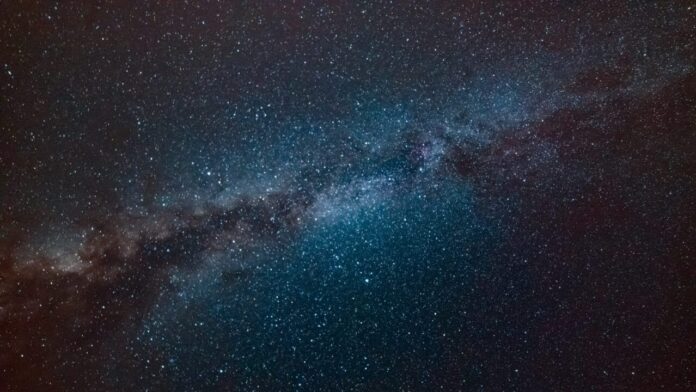Enormous fireball, likely from an icy comet fragment, captures social media’s attention
The European Space Agency’s (ESA) Planetary Defence Office is investigating a dramatic fireball that illuminated the night skies over Spain and Portugal late last week. On May 18 at 22:46 UTC, the fireball blazed across the sky at approximately 45 kilometres per second before vanishing in a bright flash above the Atlantic Ocean at an altitude of 60 kilometres.
Initially, experts believed the fireball represented a small meteor burning up in Earth’s atmosphere. However, ESA later suggested it was more likely a fragment of a larger icy comet. This fragment had wandered through the solar system for an undetermined period before colliding with Earth.
Footage of the event quickly spread on social media. Observers in Spain and Portugal captured the fiery spectacle, as did ESA’s fireball camera in Cáceres, Spain. The videos show the fireball’s explosive end, a result of the intense speed compressing atmospheric gases, which both slowed and heated the fragment. The pressure differences at the fragment’s front and back ultimately caused it to disintegrate in a spectacular fireball.
ESA’s Planetary Defence Office is now analyzing data to determine the fragment’s size and trajectory. They aim to ascertain whether any parts of the cosmic visitor survived to splash down in the Atlantic Ocean. Researchers are also searching for any telescopic data that might have captured the object before it entered Earth’s atmosphere, as it was not actively tracked prior to its dramatic descent.
This unexpected event is the latest in a series of remarkable cosmic displays in 2024. On April 8, a total eclipse swept across North America, casting a lunar shadow over the land. Earlier this month, intense solar activity triggered stunning auroras across the Northern United States. Later this year, astronomers predict the distant white dwarf star T Coronae Borealis will explode in a powerful nova, becoming visible from Earth for the first time since 1946.
For those interested in more science news, recent discoveries include an ancient waterway linking 31 Egyptian pyramids and a piece of the International Space Station that crashed through the roof of a Floridian family’s home.
Analysis:
The appearance of the fireball over Spain and Portugal highlights the ongoing challenges in tracking and understanding near-Earth objects (NEOs). This event underscores the importance of the ESA’s Planetary Defence Office and similar organizations in monitoring potential threats from space. The fragment’s sudden and unanticipated arrival raises questions about the efficacy of current tracking systems and the need for improved detection technologies.
From a political perspective, international cooperation in space monitoring becomes crucial. Countries must share data and resources to develop more comprehensive tracking systems. The fireball’s appearance could spur increased funding and collaboration among nations to enhance global planetary defence capabilities.
Sociologically, such cosmic events captivate public imagination and remind humanity of our place in the universe. The widespread sharing of footage on social media demonstrates the collective fascination with astronomical phenomena. These events can inspire a sense of wonder and curiosity, potentially encouraging more people to engage with science and astronomy.
Economically, the development and maintenance of advanced space monitoring systems require significant investment. Governments and private entities must weigh the costs of these systems against the potential risks of undetected NEOs. The fireball incident may prompt increased funding for space research and technology, fostering innovation and job creation in the aerospace sector.
Locally, the fireball event has likely sparked interest and excitement in Spain and Portugal. It may boost local tourism, with enthusiasts travelling to the area in hopes of witnessing similar events. Additionally, educational institutions in the region could see increased interest in astronomy and related fields.
From a gender and minority perspective, events like this can serve as an inclusive platform to promote STEM education among underrepresented groups. Efforts to highlight diverse contributions to space science and encourage participation from all demographics can help bridge existing gaps in the field.
In conclusion, the dramatic fireball over Spain and Portugal serves as a vivid reminder of the dynamic nature of our solar system and the importance of continued vigilance and innovation in space monitoring. By fostering international cooperation, encouraging public engagement, and investing in advanced technologies, humanity can better prepare for and understand the cosmic events that shape our world.
